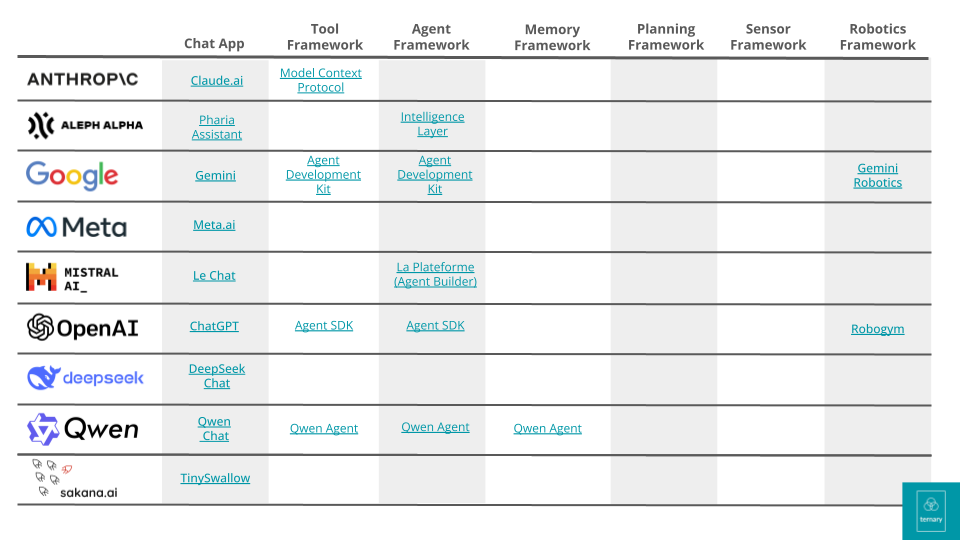Designing Amazing Agent Architectures
Some thoughts on building the next generation of operationally effective agents.
I just moved back home to Japan after a long project in Europe. It’s great to be back. Throughout the flight, I was thinking about the complexities of building agents and the state of the industry right now.
My verdict as of April 27th…
We are still extremely early. But moving quickly.
Yet, if there is one thing I learned over the last three years is tha…


